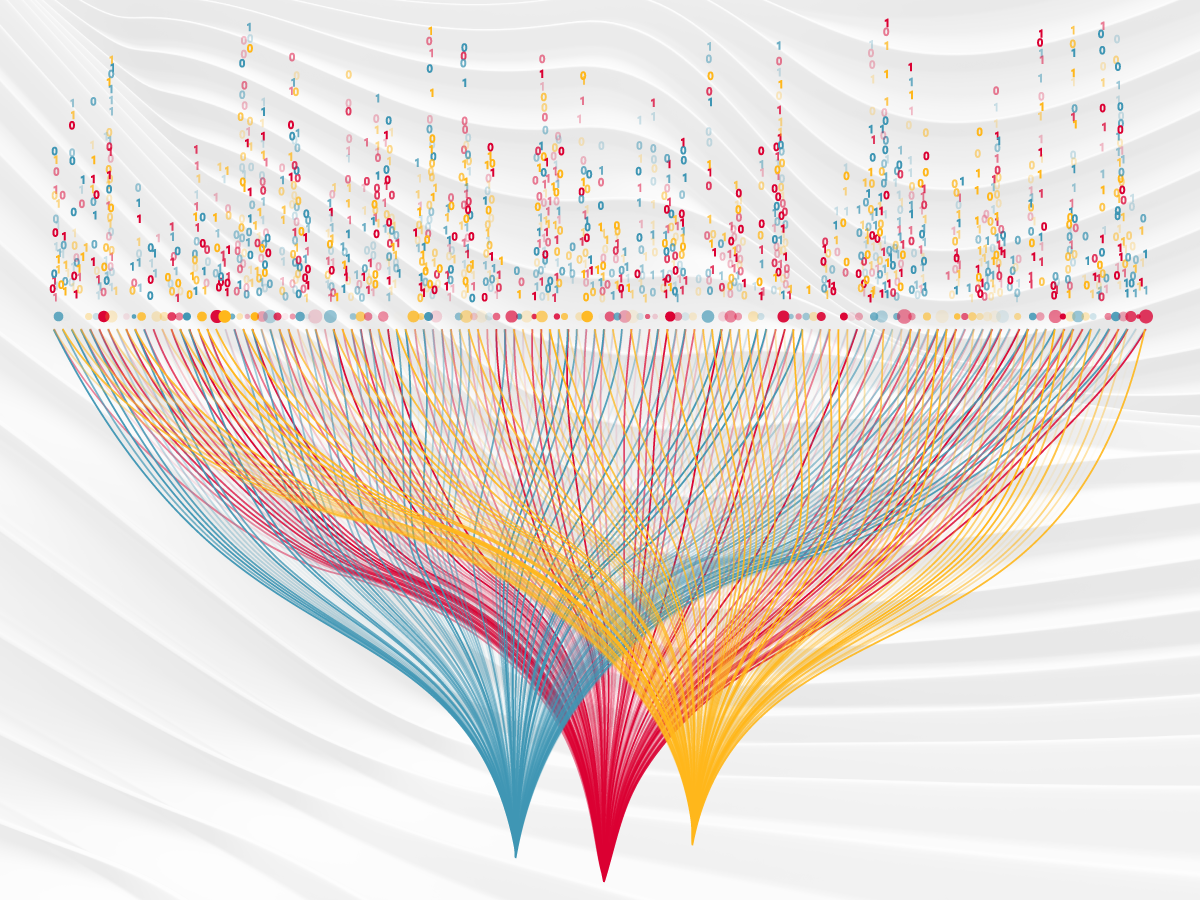Data Fabric

Data Fabric
The concept of Data Fabric and the main elements of this concept
It is an autonomous ecosystem that is used to access corporate data as efficiently as possible. With the help of a Data Fabric, information is easier to find, process, structure and integrate with other information systems.
What does a Data Fabric consist of? Firstly, machine learning is used at each step of information processing - from the analysis of the received data to the optimization of algorithms for their processing. In addition, all data consumers, all data sources are connected by end-to-end integration (including with the help of databases and data warehouses and other Data Lakes) through APIs. Instead of a single block of the software solution, a micro-service architecture is used. The main preference in IT infrastructure is given to cloud solutions, information flows are orchestrated, and the quality of information improves after unification and virtualization. In addition, the data is easy to access and secure for each user group.
The Data Fabric architecture works in the DataOps concept. Quickly respond to any changes in data, increase the level of forecasting, optimize the processes of storing, processing and maintaining resources. Business is switching to Russian software, but by no means en masse
A distinctive characteristic of the Data Fabric is the active use of Big Data technologies and artificial intelligence, in particular, machine learning, to build and optimize algorithms for managing and practical use of data. In addition, the concept of the Data Fabric is complemented by semantic graphs that allow you to define, standardize and agree on the meaning of all incoming data in business terms that are understandable to end users.
Simply put, the data fabric is a system at the level of your entire organization, where everything is subordinated to data and the conclusions based on it.
- Arts
- Business
- Computers
- Jocuri
- Health
- Home
- Kids and Teens
- Money
- News
- Recreation
- Reference
- Regional
- Science
- Shopping
- Society
- Sports
- Бизнес
- Деньги
- Дом
- Досуг
- Здоровье
- Игры
- Искусство
- Источники информации
- Компьютеры
- Наука
- Новости и СМИ
- Общество
- Покупки
- Спорт
- Страны и регионы
- World


